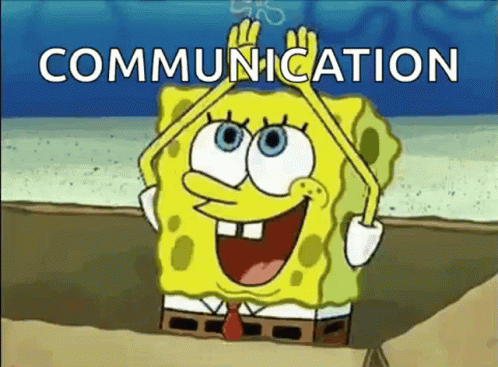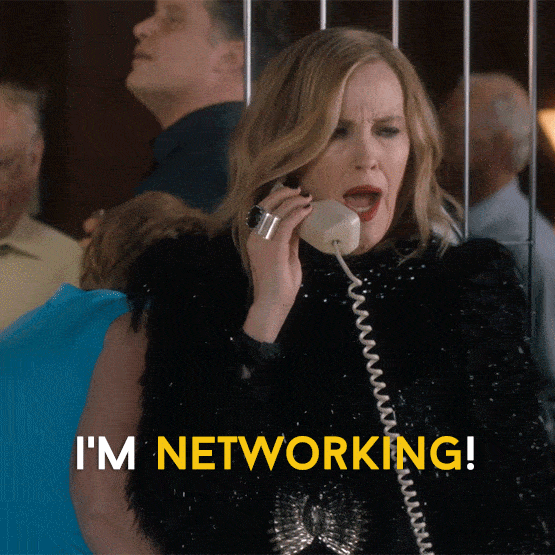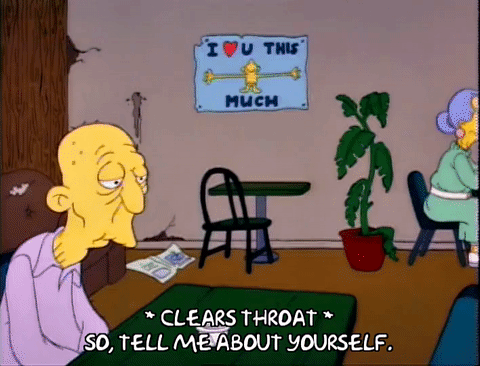How to: Network (Part 2: During)
- Emeka Balakumar

- Feb 3, 2020
- 4 min read
It's time to shine, time to show off how AMAZING you are and the great things you have done. The question is, how to do this without seeming too full of yourself. In this blog post, I'll be going over some of the key skills and videos I have watched/learned that have helped me become better at networking and create meaningful connections.
Communication
Effective communication is a key skill in business. This skill does not only apply to networking, but to our lives on a day to day basis. In terms of networking, it shows that you are proud of who you are. Jeff Ansel explains in detail on why being a good communicator is important and how you can do it with ease. In a bit over an hour, he demonstrates how confident speaking can convince and connect your audience to your words.

Some key points I took when watching this course:
Three main points you'll notice when talking to someone: the visual, the vocal and the verbal
Two-way communication - the delivery of one thought at a time
Breathe! It helps calm your nerves and think clearly
Prepare as much as you can (you are already doing it!)
Think about the message you want to say and how you want to be seen
Choose your words carefully
Don't be monotone - make every sentence sound different
Pausing helps listeners give a moment to think about what you said. The amount of time is determined by how your audience is receiving the message
Talking slowly helps control your words and will help avoid the "umms" and "uhhs"
Practice good eye contact and try to use your hands to emphasize the points
Reflect the mood and tone in your eyes and facial expressions
Listening
Knowing how to listen well is just as important as knowing how to communicate. In a lot of networking situations, you might be listening more than talking. Dorie Clark demonstrates why listening is important and how to adopt the mindset of effective listening. This quick 30-minute course is a great way to start on becoming a better networker and learn more from the industry professionals you will meet.
Things I have learned from the course: Remember that it doesn't feel nice to be ignored - you don't want others to feel that
Get in touch with your motivation - why are you doing this?

Use silence and space - let the other person talk without interruptions
Use eye contact - helps maintain the conversation and shows that you are engaged
Use open body language to show openness to the conversation - look at the signs to determine the response
Listen for what is not being said - this can be noted by emotions
Know the situation, and analyze what are some solutions to what is happening - express empathy
Networking
This is a big one and the one we all have been waiting for. Yes, I could have just recommended this video and get the whole guide over with but from my experience, I wanted to address some of the bigger concepts and highlight some of the key skills needed. This lovely course by Dorie Clark gives you not only the knowledge to ace your next networking event but additional resources to help you become experienced in the art.
Key things I took away from this course:
Prioritize your contacts - people who will make a future impact on you or your career

Have a networking strategy and re-evaluate every 2-3 months
You don't need to have an awkward small talk with these people - talk with the mindset to find something in common
Give back as well - help out those you are networking with
Only go to the events where you see yourself getting something out of or enjoying
Stay in touch with your new contacts - keep in touch or support them (will talk about this more in part 3)
Mention people in blogs when relevant - if they impacted you in some way or have taught you something
First Impressions
Meet "The Power of First Impressions" by Vanessa Van Edwards, an amazing resource breaking down the psychology behind first impressions and how to ace them and showing off yourself. As a business student who is CONSTANTLY networking, creating good first impressions is an important aspect of my life. Setting yourself aside in those first 20 secs can change the next 20 mins of the conversation.
What I learned:
- We decide if we like, trust, or want to work with someone within 20 seconds of meeting them
- Elements of a first impression:

Appearance
Energy
Facial expression
Handshake
Body language
- Short talk doesn’t create long term bongs
- Conversation Topics:
TV Shows
“Is there anything good happening today”
Stick away from basic questions (How are you?)
- Practice the perfect handshake (shows your confidence)
Pitching Yourself
We all have been through that awkward "tell me about yourself" question and we kind of look at the interviewer, not knowing where to start or what to say. Jodi Glickman goes through the structure of a good pitch and how we can change our long and boring monologue into an interesting conversation.
What I learned:
The goal of your pitch: To get you to the next conversation

Have to talk about what you want to do next - your goals and ambitions
Connect the dots - start with your goals and then your backstory
Ask yourself why you are talking to this person? Why this job? What are you trying to accomplish?
Talk about how your past helps you accomplish your future goals
You have to convince the other side with your story
You can't have one pitch story - it's always going to be different
Link to Courses:
Communicating with Confidence: https://www.linkedin.com/learning/communicating-with-confidence/speaking-with-confidence?u=2174970
Professional Networking: https://www.linkedin.com/learning/professional-networking/welcome?u=2174970
First Impression: https://www.linkedin.com/learning/creating-great-first-impressions/your-first-impression-challenge?u=2174970
Listening: https://www.linkedin.com/learning/improving-your-listening-skills/welcome?u=2174970



Comments